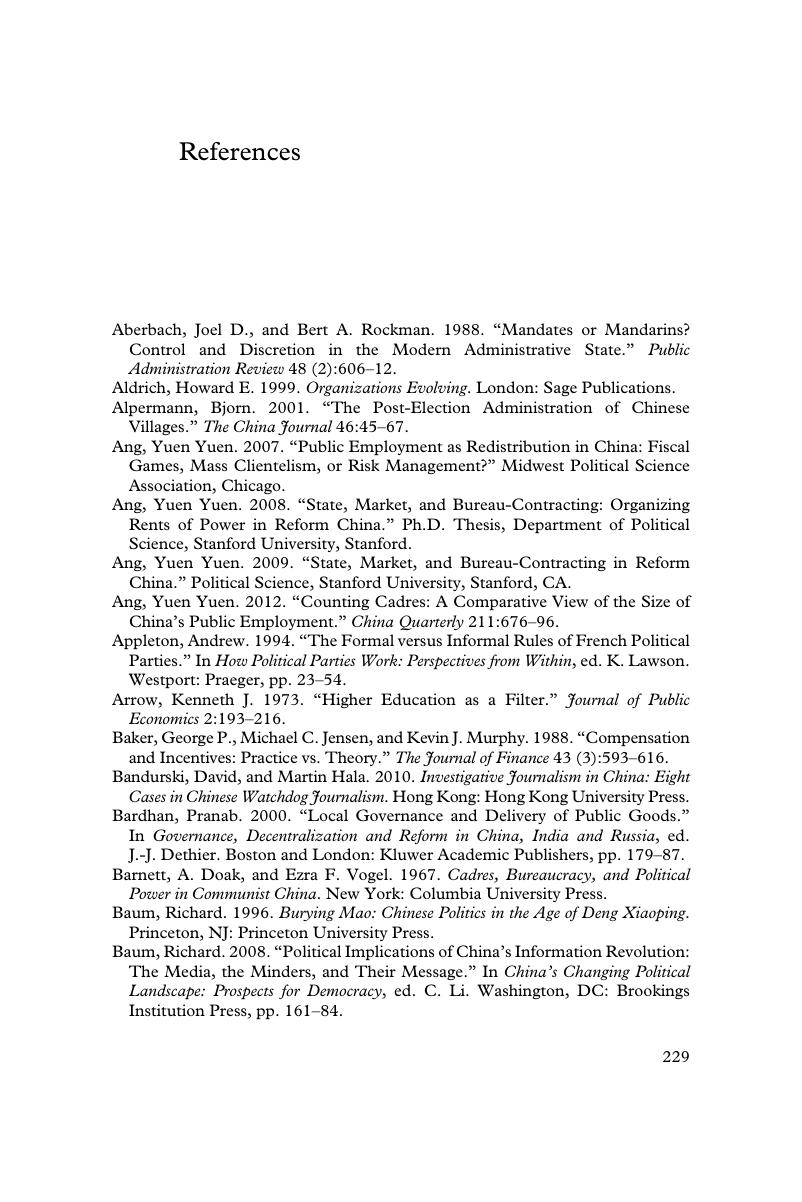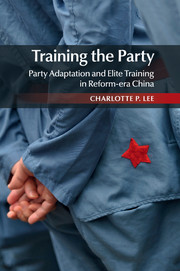References
Published online by Cambridge University Press: 05 July 2015
Summary

Information
- Type
- Chapter
- Information
- Training the PartyParty Adaptation and Elite Training in Reform-era China, pp. 229 - 246Publisher: Cambridge University PressPrint publication year: 2015
